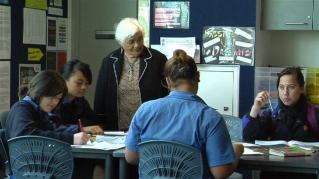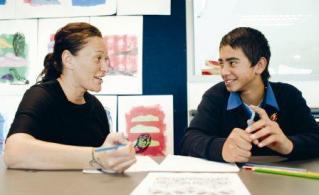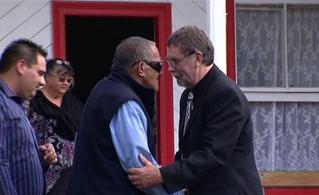Section navigation
This video clip illustrates the importance of teachers involving students, so that they feel a part of the learning process. For example:
- communicating the objective of the lesson
- determining prior knowledge
- negotiating content and time
- setting expectations
- giving feed forward.
The clip also touches on building trust and creating mutual respect by having positive relationships.
Questions / Things to think about / Activities
- Ka Hikitia, the Ministry's Māori education strategy, emphasises the importance of Māori students’ presence, engagement and achievement. What might engagement look like in our classrooms? Examples could include co-operative learning strategies; co-constructing the learning contexts and inquiry questions; problem-solving together; integrating local knowledge and context.
- How can we give students more power; for example, by allowing them to choose the context for learning, within an inquiry process?
- What are some ways that we can create opportunities for Māori students to build on the knowledge/ previous experiences that they bring to the classroom, thus showing them that their culture counts?
- How can we better implement the curriculum so that it is responsive and relevant to Māori? What are some key questions that we can ask ourselves about how to approach the delivery of the curriculum, so that Māori students can see themselves and their culture reflected in the subject matter/learning context? Examples could be: What approach would work for Māori students? Can we adapt/change/tailor our programme so it works better for Māori students? How can we embody a Māori perspective in our work?
- How can we let students know what their children are learning (and why), what the success criteria are, what they are achieving (against realistic expectations), and what they could do better?
- What does/could whakawhanaungatanga (relationship building) look like in our classroom/school? How could we make Māori students feel more comfortable?
- What can we say we've done to specifically foster positive relationships with Māori students? What have been the spin-offs?
Filed under: Ako | Effective teachers | Te Kotahitanga





